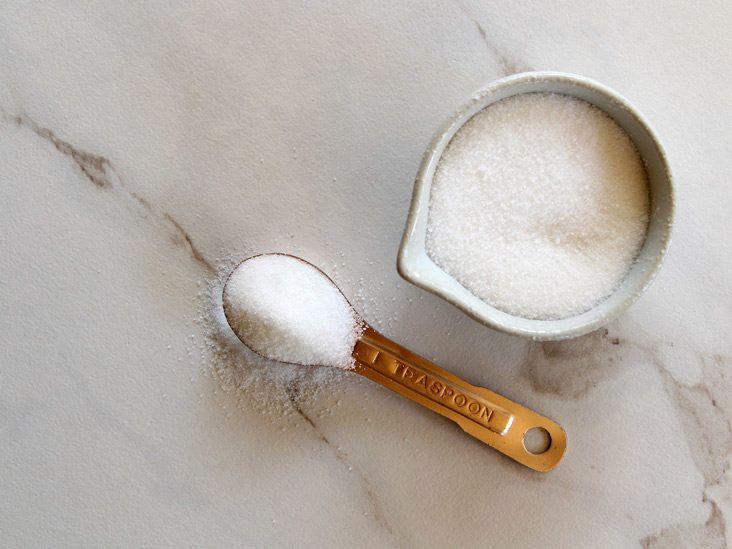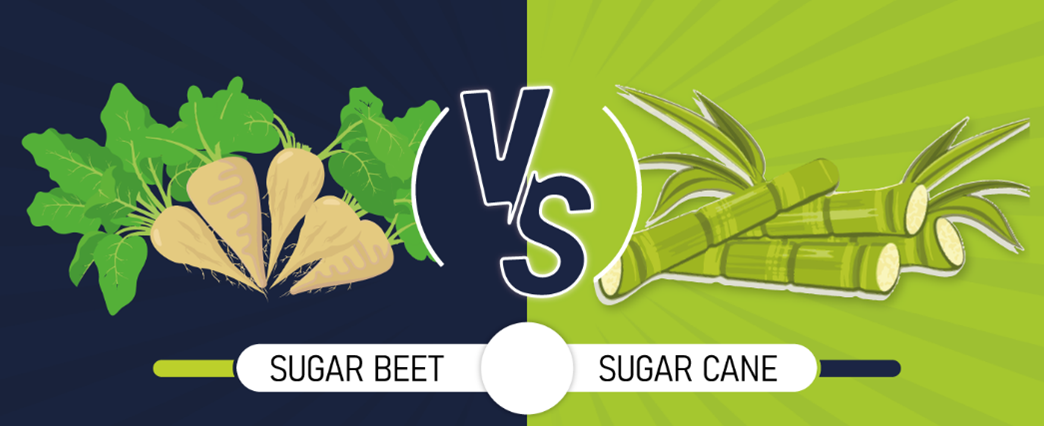Beet Sugar vs Cane Sugar: Which One Is Better for Skin Care?
Beet Sugar vs Cane Sugar: Which One Is Better for Skin Care?
Blog Article
Beet Sugar vs. Cane Sugar: Trick Differences You Should Know
The difference between beet sugar and cane sugar extends beyond their comparable chemical compositions; it incorporates their origins, production methods, and possible health ramifications. While both kinds of sugar function as typical sugar, their divergent histories-- beet sugar arising in 19th century Europe and cane sugar tracing back to old Southeast Asia-- established the stage for a deeper expedition of their manufacturing processes and nutritional accounts. Understanding these differences might influence consumer selections in a market significantly concentrated on health and sustainability. What nuances might additionally educate your choices on these sugar?
Beginnings of Beet Sugar
Although beet sugar has become a considerable gamer in the global sugar market, its beginnings can be mapped back to the very early 19th century when European researchers started discovering alternative sources of sugar. The zero hour occurred in 1801 when German chemist Andreas Marggraf determined sugar in the white beet, a discovery that laid the groundwork for succeeding research and commercial applications.
The procedure of refining beet sugar was more progressed by his student, Franz Karl Achard, that developed the very first beet sugar factory in Prussia in 1806. This advancement accompanied the Napoleonic Wars, during which trade disturbances brought about an enhanced need for domestic sugar production in Europe. beet sugar vs cane sugar. Because of this, beet sugar obtained grip, especially in nations like France and Germany

Origins of Cane Sugar
Cane sugar, stemmed from the sugarcane plant, has a rich history that goes back hundreds of years, mainly in exotic areas where the plant grows. The earliest proof of sugarcane farming can be traced to New Guinea and Southeast Asia around 8,000 BCE. From these origins, expertise of sugarcane infect India, where it was initial refined right into taken shape sugar by the fifth century CE.
As profession courses developed, sugarcane got to Persia, the Mediterranean, and eventually Europe, where it was originally considered a high-end product. The development of sugar production occurred during the Islamic Golden Age, which assisted in the transfer of farming techniques and developments. By the 15th century, the need for sugar rose, motivating European countries to develop plantations in the Caribbean and South America.
This shift not just transformed the agricultural landscape of these regions however also had considerable socio-economic ramifications, consisting of the dependence on confined labor. Cane sugar, as soon as an uncommon asset, became a staple in diets worldwide, laying the foundation for the global sugar industry we recognize today. Understanding its beginnings is essential for appreciating cane sugar's impact on cooking practices and economies.
Production Processes
The manufacturing processes for both beet sugar and cane sugar include a number of necessary actions that transform raw products right into the crystalline sweeteners commonly made use of today. For beet sugar, the procedure starts with harvesting sugar beetss, which are then cleaned and sliced into slim cossettes. These cossettes are subjected to hot water removal, enabling the sugar to liquify.
In comparison, cane sugar manufacturing begins with the harvesting of sugarcane, which is crushed to remove the juice. This juice is go to this web-site likewise purified making use of lime and heat. Adhering to purification, the juice is vaporized to form a syrup, which is after that crystallized. The sugar crystals are centrifuged to divide them from the remaining syrup, referred to as molasses, and subsequently dried out. While both processes share similarities, the resource material and certain approaches cause unique features for beet and cane sugars, affecting the preferences of suppliers and consumers alike.
Nutritional Comparison
When contrasting the dietary profiles of beet sugar and cane sugar, it is important to identify that both sweeteners are primarily composed of sucrose, causing comparable power web content and calorie worths (beet sugar vs cane sugar). Both kinds of sugar generally consist of about 4 calories per gram, making them equivalent in terms of energy arrangement
Along with sucrose, both beet and cane sugars have trace amounts of minerals and vitamins; however, these quantities are minimal and do not significantly add to everyday dietary demands. Both may consist of minute levels of calcium, potassium, and magnesium, but these are not existing in adequate amounts to provide any considerable health and wellness benefits.
Furthermore, the lack of fiber in about his both kinds of sugar highlights their function as pure sweeteners rather than resources of nutrition. beet sugar vs cane sugar. While they might provide a fast source of energy, their absence of necessary nutrients stresses the relevance of small amounts in consumption
Inevitably, from a totally dietary point ofview, beet sugar and cane sugar are basically equivalent, making the option in between both greatly depending on elements such as taste choice, availability, and ecological considerations.
Wellness Ramifications
While beet sugar and cane sugar share similar dietary profiles, their wellness ramifications warrant factor to consider beyond plain composition. Both sugars are largely composed of sucrose, which can lead to comparable metabolic results; extreme intake can contribute to obesity, diabetes mellitus, and heart diseases. The resource and production processes of these sugars might affect their overall wellness impact.
Beet sugar is usually created utilizing debatable chemicals, such as phosphoric acid, which might leave trace deposits. In comparison, cane sugar undergoes an extra standard refining procedure, which tends to be less chemical-intensive. The visibility of these deposits in beet sugar could increase problems for you can find out more delicate populations or those seeking to lessen chemical direct exposure.

Furthermore, the farming techniques of sugar beetss and sugar cane might vary, with the previous often involving more extensive agricultural methods that can affect dirt health and wellness and biodiversity. This agricultural context may affect the more comprehensive health implications of sugar usage on a populace level.
Ultimately, while both beet and cane sugars offer comparable roles in the diet, consumers should consider the nuances of manufacturing and sourcing when making educated selections concerning their sugar consumption.
Final Thought

While both types of sugar offer as common sugar, their divergent histories-- beet sugar emerging in 19th century Europe and cane sugar mapping back to ancient Southeast Asia-- established the phase for a deeper expedition of their production and nutritional accounts.The procedure of refining beet sugar was further progressed by his student, Franz Karl Achard, who developed the first beet sugar factory in Prussia in 1806.The manufacturing for both beet sugar and cane sugar involve a number of crucial steps that transform raw materials right into the crystalline sugar commonly used today. For beet sugar, the procedure starts with harvesting sugar beetss, which are then cleaned and cut right into slim cossettes. The extraction processes additionally identify the 2, with beet sugar utilizing hot water extraction and cane sugar involving crushing.
Report this page